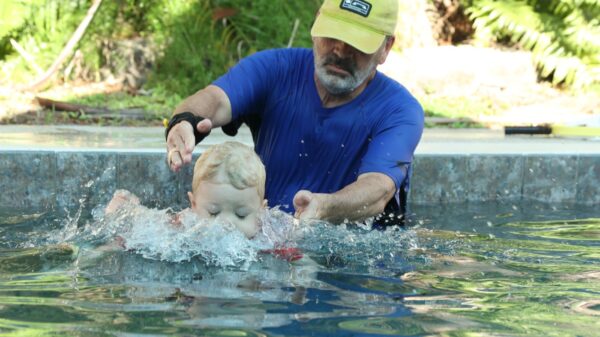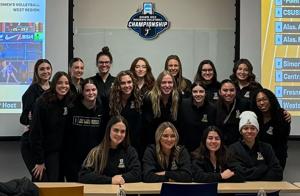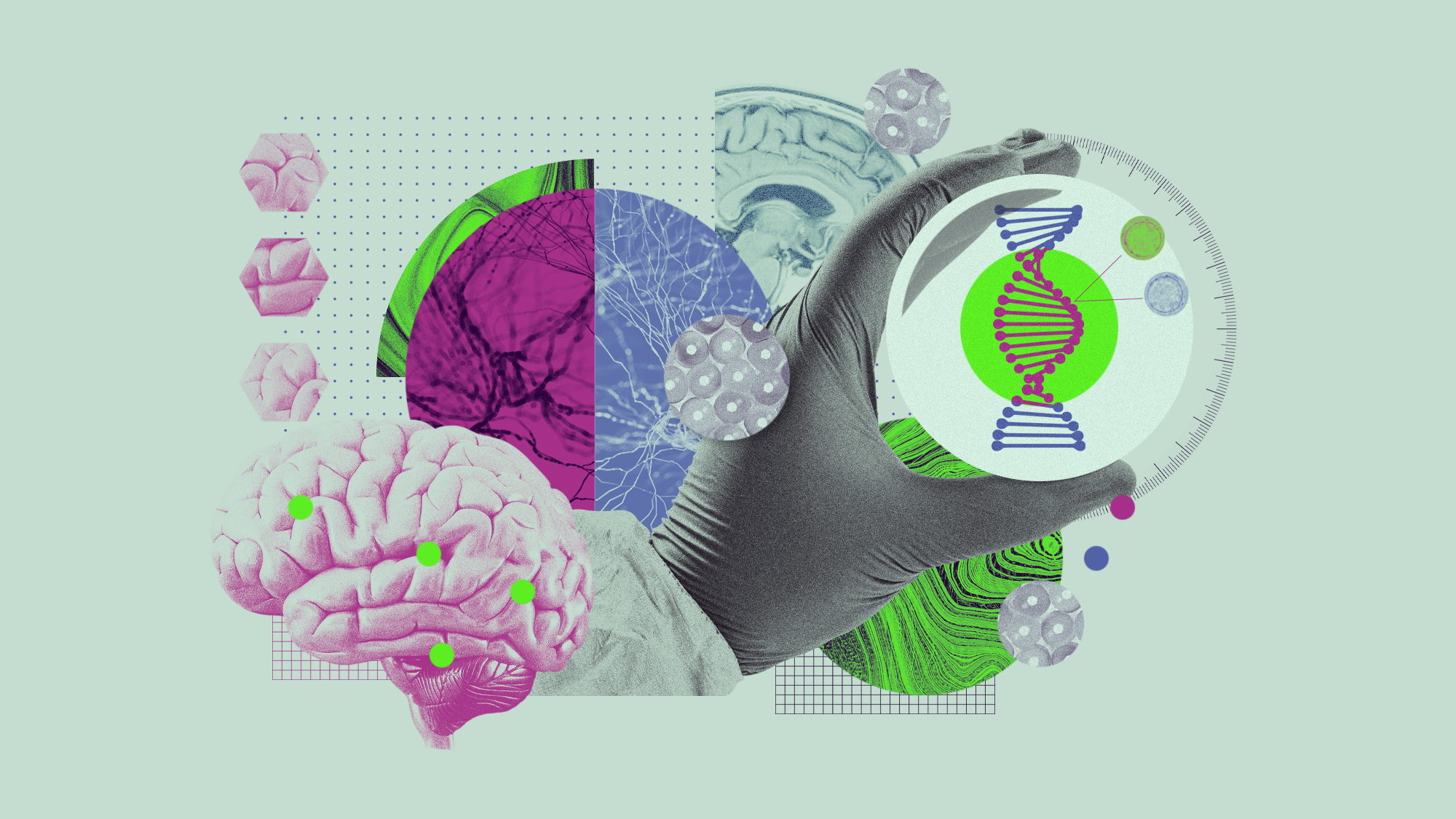Research in biology is yielding transformative discoveries that may alter the landscape of medicine and conservation. Recent breakthroughs highlight significant advances, particularly in treatment methods for neurodegenerative diseases, cellular mechanisms, reproductive technology for endangered species, and innovative research methodologies.
Significant Advances in Neurodegenerative Disease Treatment
A major development has emerged in the fight against Huntington’s disease, a hereditary neurodegenerative disorder. Researchers have reported a new gene therapy, named AMT-130, that can slow the disease’s progression by up to 75%. Huntington’s disease leads to a gradual decline in both mental and physical functions, and until recently, treatment options have been extremely limited.
This groundbreaking therapy employs a genetically modified virus that acts as a delivery system for a specific DNA sequence. According to Scientific American, the procedure involves an eight- to ten-hour surgery during which the virus is infused deep into the brain. Neurologist Victor Sung commented on the significance of this progress, stating, “We’ve had so many failures, and there’s been a lot of heartbreak over many years in this community. So to have something that at least really appears to be having [an] impact is really significant.” Currently, AMT-130 is undergoing clinical trials and is not yet available to the public.
New Insights into Cellular Functions
A study published in the journal Nature Communications reveals an innovative method for observing proteins within cells with greater accuracy. Researchers at Cornell University have developed a technique that utilizes natural proteins as sensors, allowing scientists to monitor cellular interactions without invasive methods that can disrupt normal biological processes.
The research focuses on flavoproteins, which possess magnetic properties detectable through electron spin resonance spectroscopy. Brian Crane, a professor in the Department of Chemistry at Cornell, noted that this technique enhances the understanding of biological mechanisms potentially linked to diseases such as cancer. He stated, “One could conceivably track the assembly of a virus using this method to understand how and where its components are built within cells.”
Innovative Reproductive Techniques for Endangered Species
In a significant achievement for conservation, researchers have successfully produced the world’s first kangaroo embryo through in vitro fertilization (IVF). This breakthrough, detailed by CNN, marks a crucial step in efforts to protect endangered marsupials in Australia.
The technique involved assessing the development of kangaroo eggs and sperm in a laboratory setting before employing intracytoplasmic sperm injection to fertilize a mature egg. Although the eastern grey kangaroo is not endangered, the methods developed could be applied to at-risk species such as koalas and Tasmanian devils. Research lead Andres Gambini emphasized the importance of this work, stating that Australia has the highest extinction rate of species globally in recent history.
Exploring Ancient Microbial DNA
Researchers have sequenced the DNA of various mammoths, including 440 that had not been previously analyzed, along with identifying DNA from 310 different microbes associated with these extinct creatures. This work, published in the journal Cell, provides insights into how ancient microbes may have influenced the health and biology of Ice Age herbivores.
The majority of the microbial DNA appeared after the mammoths’ deaths. However, scientists identified six microbial groups that likely colonized the mammals while they were still alive over one million years ago. Such findings could reshape our understanding of ancient ecosystems and might be applied to other well-preserved remains from species such as ancient horses or cave bears, as noted by Earth.com.
Virtual Laboratories Pioneering Future Research
A recent study published in Nature suggests that future scientific research could occur in virtual laboratories. Researchers have trained large language models (LLMs) to replicate the critical thinking processes of top-tier scientists. This innovative approach led to the creation of a virtual lab where LLM agents simulate research meetings guided by a human researcher providing feedback.
The virtual lab was tasked with developing a new vaccine for Covid-19, successfully proposing a method utilizing nanobodies. James Zou, an associate professor of biomedical data science and lead author of the study, highlighted the potential of this approach to expedite research, stating, “Good science happens when we have deep, interdisciplinary collaborations where people from different backgrounds work together.”
These recent discoveries reflect a promising horizon in biological research, with implications for treating diseases, understanding cellular functions, conserving endangered species, and advancing scientific methodologies. As this field continues to evolve, the potential for significant impact on health and conservation remains substantial.








































































